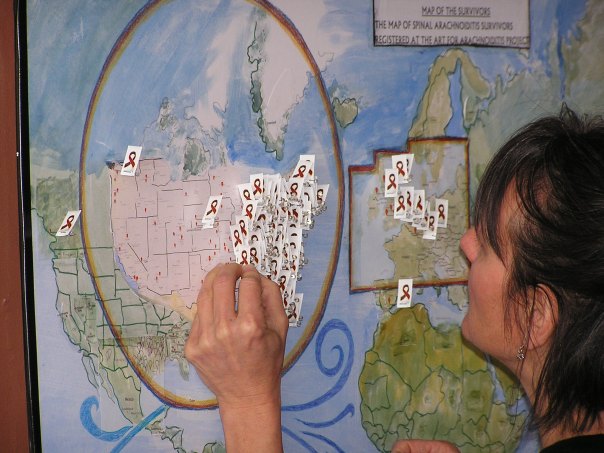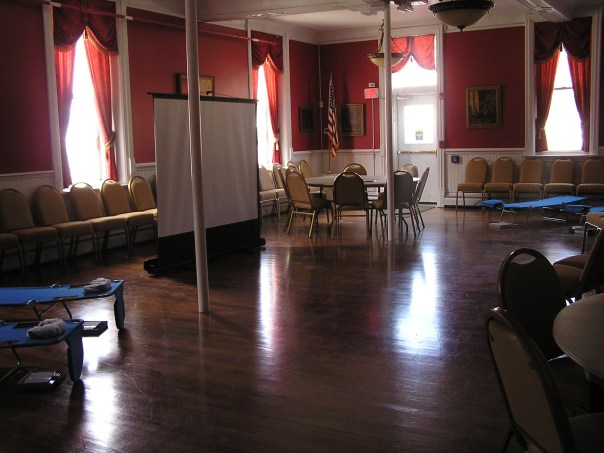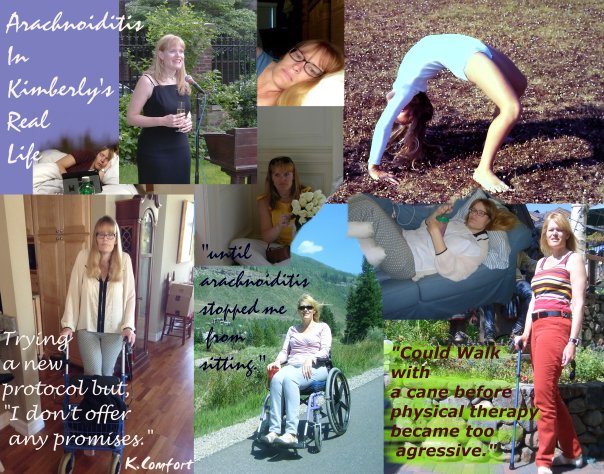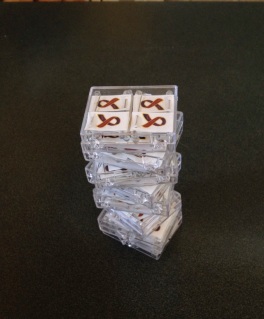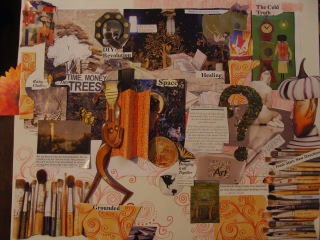(A Poem about coping with Chronic Pain Inspired by the warm morning sun and The Cat In The Hat by Dr. Seuss)
© Sheila L. Kalkbrenner

The sun, how it shown
It was too bright to stay
In the dark in the house
On this warm, warm, spring day
I sat there with wonder
On the deck, in the sun
And I said, “How I know
There is much to be done!”
The seeds did just sprout
And the debris from the fall
Still sits over the lawn
So, I wrote a new list
Found my yard shoes and all.
So, all I could do was to
Rake,
Dig,
And
Plant
And Oh! How I loved it!
Every little bit!
And When
Something went Buzz!
And I heard a loud Chirp!
I looked!
Then I saw them hovering About
The Bees!
And the Robins!
Spring! I had to shout!
And they chirped and buzzed
As I worked with the dirt in and out.
I know I’ll be tired
But the sun is so sunny
And I can have
Lots of good fun that is funny!
I know some new ways that I can rest
In Between
I know some new tricks
So it won’t be so mean.
A lot of new things
I can do just for me
My Body
Will not mind at all what I do.
But, that Voice said, “No! No!”
Make that urge go away!
Tell the Sun and the Seeds
You just cannot go to play.
You should stay down here.
You should NOT move about.
You must be still here
When your Body’s worn out!”
“Now! Now! Have no fear.
Have no fear!” said my Heart.
“These things are not bad,”
Said the Heart that is smart.
“Why, we can have
Lots of good fun, if we move,
With one step at a time
We will get in the groove!”
“Lay me down!” said the Pain.
“This is no fun at all!
Lay me down!” said the Pain.
“You do know I could fall!”
“Have no fear!” said my Heart.
“We will go slow, start small.
We will do little bits
And rest to keep tall
With our tools in one hand
And our mat on the ground
This work is not all we can do!
When the sun is around!
“This is great!
Moving right now!” said my Heart.
“With my hat on my head
And my gloves in the dirt
I can plant these new seeds
I can work with my hands
And find edible weeds!
To be food on my dish
And know
I got up on my own, in the sun
Careful not to fall
But I knew
That was not all….
Slow at first
Nothing worse
Pacing the time
It is fun in the sun
But you have to know how.
I can slowly get out
With the plants and the trees
I will rest in the grass
I will do as I please.
At the pace to enjoy
All the warm things around
And Look! With Good sense
I can breathe with the Pain
I can work or have fun
And it’s keeping me sane!
But that is not all.
Oh, no.
That is NOT all…
That is what my Heart said…
It’s not all in my head.
I get up. I get down.
From the Spring to the Fall
And Pain is NOT
The One Boss of it all!
And my heart can sing, too
With Bees and with Birds
I will know all the words.
I work, then I rest
I know when it is time
I will stop when I should
Shining is good!
Now look what I’ve done
I have found a new way
Inside or outside
I can choose every day!
I worked and listened
The pain, it will stay
But my heart is here, too
It can come out to play.
It should not be stuck
When my body cannot
I am out of the house
And I like it a lot!!
And it likes to be here
My heart, likes it a lot.
The green and the sun
It really hits the spot.
“I will NOT hide away
When the pain makes me slow!
And so,” said my Heart in the Sun
So,
So,
So,
I will listen
And do this the way that we know!”
My Body gave out.
But then strong as an ox
The faith in my Heart
Said, “Get out of this box!”
“It’s a hard dark box.
It is shut with a hook.
But look at this trick,”
Said my Heart.
“You can look!”
There is a hole in the top
The sun shines through this part.
It gets you out of the dark box,”
Said my Heart.
“In this spot there are things
That will show you just how
To reach through these walls
But, you must want to now.
Love will pick up that hook
You will see something new.
Two things. And I call them
New World and New You.
These things will not bite you.
They want to have fun.
Then out of the box
I walked into the sun!
My breath it came fast
It said, “What will you do?
Would you like to find hope
With New World and New You?”
My Body said I
Was not sure what to be BE
But I chose to find strength
In New World and New Me.
I looked at them hard.
And my heart said, “Go, Go!”
They will let you get out but, slow you must Go!”
You need to be there
The old body it’s not
Take it slow. Let it show.
It’s the one that you’ve got.
“No fear of the pain,”
Said the love in my heart.
“Can stop these Two Things.”
And then slowly I sat.
“They are strong. Oh, so strong
They have come here to stay
They will give you much love
On the best and worst days.”
“See Them. Just There. Next to Old You?”
Said my Heart.
“They work for new life,”
Said the Sun in my Heart.
“Yes! The pace is slow
And your body is on the cot
But you should not stay
In the BOX! You should not!
Oh, the things you will miss!
Oh, and miss you they will!
You have got to try it!
You are ALIVE STILL.”
Then my Body said, “I
Cannot run down the hall.
I will try these new things
And get up when I fall.”
Bump! Thump! Thump! Bump!
My hands broke down the wall.
New Me and New World
They woke up! They sat down!
Like the string of a kite
It all floated around.
The light of the day
The warm blue, green, and gold
Lifted the lid of the box
And renewed what was old!
Then these things walked about
With deep breathes, and short steps
And with hope and small dreams
In search of New Tricks
And I said,
“This is NOT the Old Way that I played
My body may fight it
But, it’s moving today.”
Then my Heart said, “Look! Look!”
And I knew something was near
“Your body is hurting now!
Do you hear?
Oh, What will you do with it?
How will you stay?
Up in this Life, like this
Will you hide it away?”
“You must decide fast!” said my Heart.
“Do you hear!
It’s your Life. Your Moment.
Just getting shorter
While you waste it right here.
Think of something to do!
You will have to work hard
For New World and New You!”
So, taking a small step
I reached out for the rail
And I said, “With some help
I can get there I bet.
I bet if I ASK
I will find those Things yet!”
Then, I held tight to the rail
Moved forward from the top
Pain, it came back. A rest.
These Two Things would not stop.
Then I said to the Pain,
“Now, I know you will stay
But, step to the side
These things can make a New Way!”
“Okay” said the Pain.
“I will stay by your side…
Oh, dear.
I can’t go
I can’t go
But you know
Your Two New Things opened
That dark box with the hook
And we both can get out
If we know how to work
Together, It’s good.” said the pain.
“We’ll do it your way, Yes.
But your body will hurt.
WE MIGHT MAKE A BIG MESS!
And it may be so big
And so deep and so tall,
We cannot pick it up
There may be no way at all!”
But, then!
Who was back for the day?
Why, my Heart!
“Have no fear of that mess,”
Said my brave little Heart.
“We’ve lived through this thing
And so…
There is always another
Good trick you should know.
Then, I felt it reflect
On the times I was down.
It remembered the pain
With cold snow swirling ’round
And the shakes, and the grief
And the aches, and the burn
And the looks, and the wish
For some sleep, and the night
And it put them away
And it said, “Now it’s Time.”
And it showed me the grace
And the joy in between.
Then my Body and Heart
Said to the Pain,
“Without any Fun?
Tell us. What does it mean?”
Tired of pain I did not know what to say.
Can I look for
The grace and the joy of each day?
With this Pain will I see it
Now, what will I do?
Well…
What would you do
IF your Body asked YOU?
~slk
© Sheila L. Kalkbrenner









